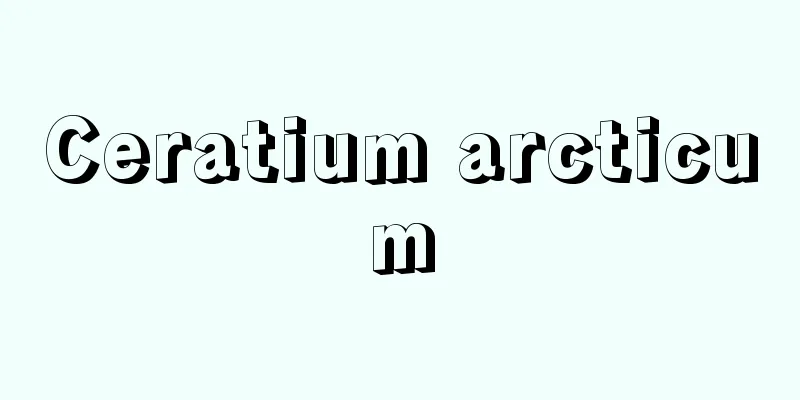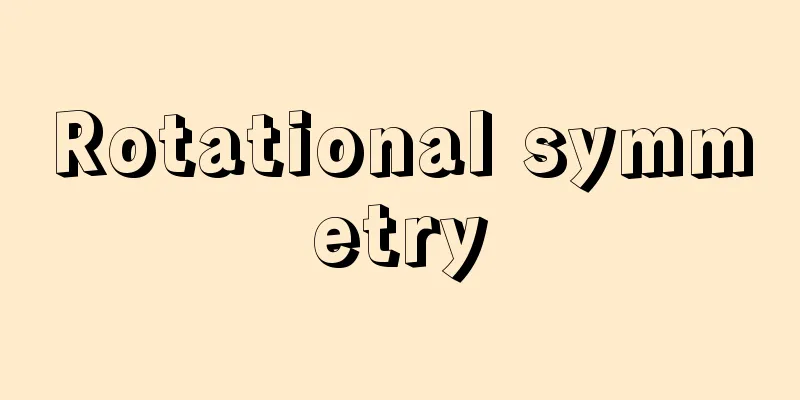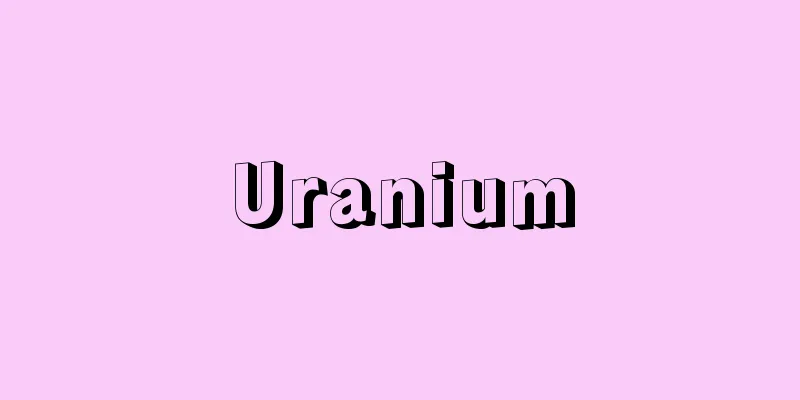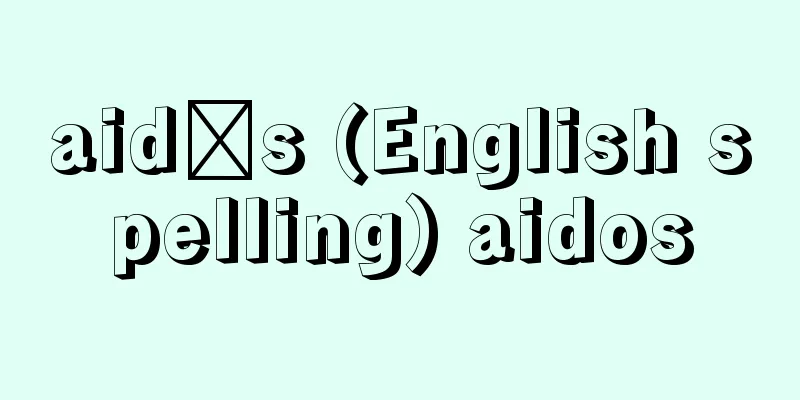Kupka, F.
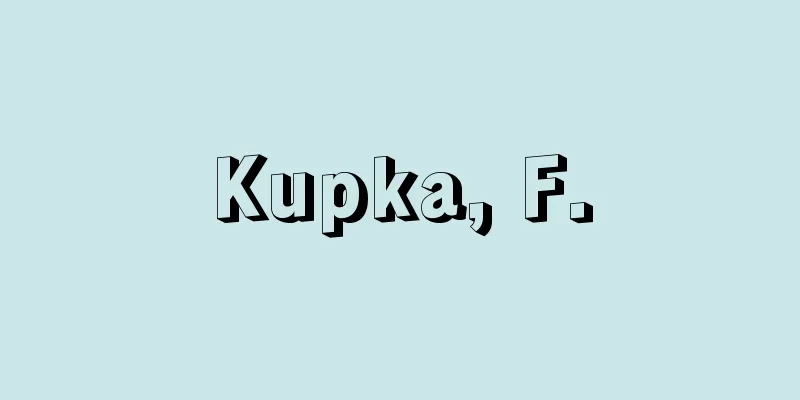
|
...His style of painting shifted from the early impressionistic and Jugendstil styles to expressionistic styles that emphasized color and deformed form, and then from around 1910 to abstract styles that barely contained any concrete depiction of the subject's form. For this reason, he is considered one of the founders of abstract painting, along with Mondrian, František (Frank) Kupka (1871-1957), Malevich, and others (abstract art). However, while other painters went down the path of abstract painting from a purely plastic standpoint after cubist analysis, in his case it was his unique religious and mystical themes that led him to abstract painting, and the important question was how to freely and intensely express the inner images that the themes evoked on the canvas. ... From Czechoslovakia…A Central European republic that existed from 1918 to 1992. The country's common name is Československo in Czech and Slovak. The official name of the country was Českoslovak Republic (Českoslovká republika) from 1920 to 1938 and from 1945 to 1960. After 1948, the country adopted a socialist system, and from 1960, the official name of the country was Československá Socialistická republika (Czechoslovak Socialist Republic). In 1969, the country transitioned to a federation of the Czech Socialist Republic and the Slovak Socialist Republic, but in the course of the Eastern European Revolution in 1989, the federal system was reviewed in both republics, and the official name of the country was changed to Česká a Slovenská Federativní Republika (Czech and Slovak Federal Republic). … *Some of the terminology that mentions "Kupka, F." is listed below. Source | Heibonsha World Encyclopedia 2nd Edition | Information |
|
…その画風は,初期の印象主義的なもの,ユーゲントシュティール的なものから,色彩を強調し形態をデフォルメする表現主義的なものへ移行し,さらに10年ころからは,対象の形態の具体的な描写がほとんど見られない抽象的なものへと進んでいった。そのことから,モンドリアン,クプカFrantišek(Frank) Kupka(1871‐1957),マレービチらと並ぶ,抽象絵画の創始者の一人と目される(抽象芸術)。しかし,他の画家たちがキュビスム的分析を経て,純粋に造形的な見地から抽象絵画の道へ進んで行ったのに対し,彼の場合,抽象絵画を導いたのは彼独特の宗教的・神秘主義的主題であり,その主題が呼びさます内的イメージをいかに自由かつ強烈に画面に表現するかという問題こそが重要であった。… 【チェコスロバキア】より…1918年から92年まで続いた中欧の共和国。国名通称はチェコ語,スロバキア語ともČeskoslovensko。1920‐38年,1945‐60年の正式国名は〈チェコスロバキア共和国Českoslovká republika〉。1948年以後は社会主義体制をとり,60年からの正式国名は〈チェコスロバキア社会主義共和国Československá Socialistická republika〉。1969年よりチェコ社会主義共和国とスロバキア社会主義共和国の連邦制に移行したが,89年の〈東欧革命〉の進行過程で両共和国で連邦制の見直しが図られ,正式国名を〈チェコおよびスロバキア連邦共和国Česká a Slovenská Federativní Republika〉に変更した。… ※「Kupka,F.」について言及している用語解説の一部を掲載しています。 出典|株式会社平凡社世界大百科事典 第2版について | 情報 |
Recommend
Karafuto Shrine
A shrine located in Yuzhno-Sakhalinsk, Sakhalin. I...
Castanea dentata (English spelling) Castanea dentata
…[Yoshiharu Iijima]. … *Some of the terminology t...
Loasa (English spelling)
It is an annual or perennial, sometimes woody plan...
Gennosuke Uemura - Uemura Gennosuke
...It is said that this was done to take advantag...
Googe, B. (English spelling) GoogeB
…The first person to write about this was the Ger...
Ogino theory - Ogino theory
This theory was announced by Ogino Kyusaku (1882-1...
Country music (English spelling)
Country and Western is a type of popular music who...
Hermaphroditus
A hermaphrodite god in Greek mythology. A compound...
Royal Society - The Royal Society
...In the 18th century, the Age of Enlightenment,...
Child separation - Fear
Rakugo. A large-scale work divided into three par...
Simplified characters - Kankaji
…In China, it refers to Chinese characters that h...
Pogonomyrmex
…The pain caused by the sting of a fire ant is us...
Duck (domestic duck, duck) - duck (English spelling)
Mallards are domesticated ducks of the Anatidae fa...
Guillaume Postel
1510‐81 French orientalist and mystic. He studied ...
sister
…a place where Christian monks and nuns live toge...


